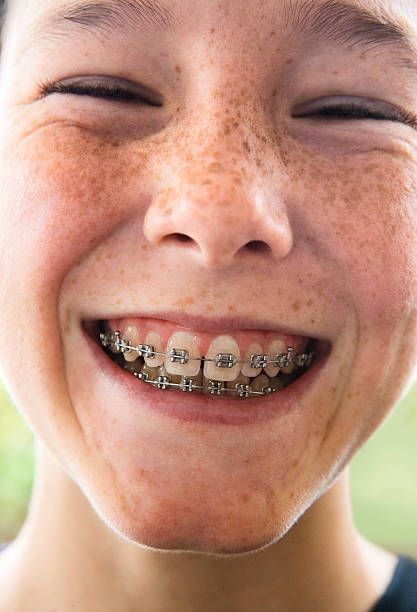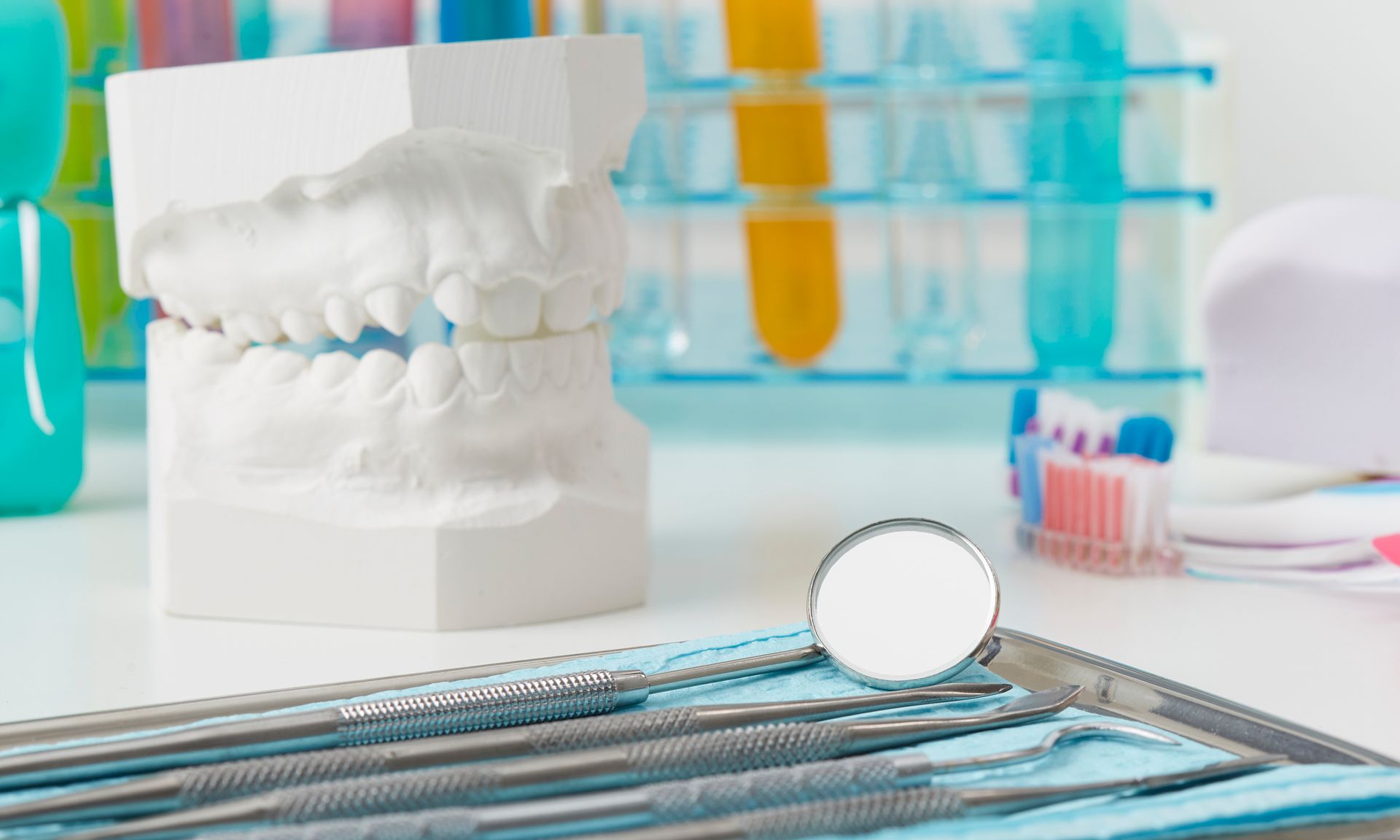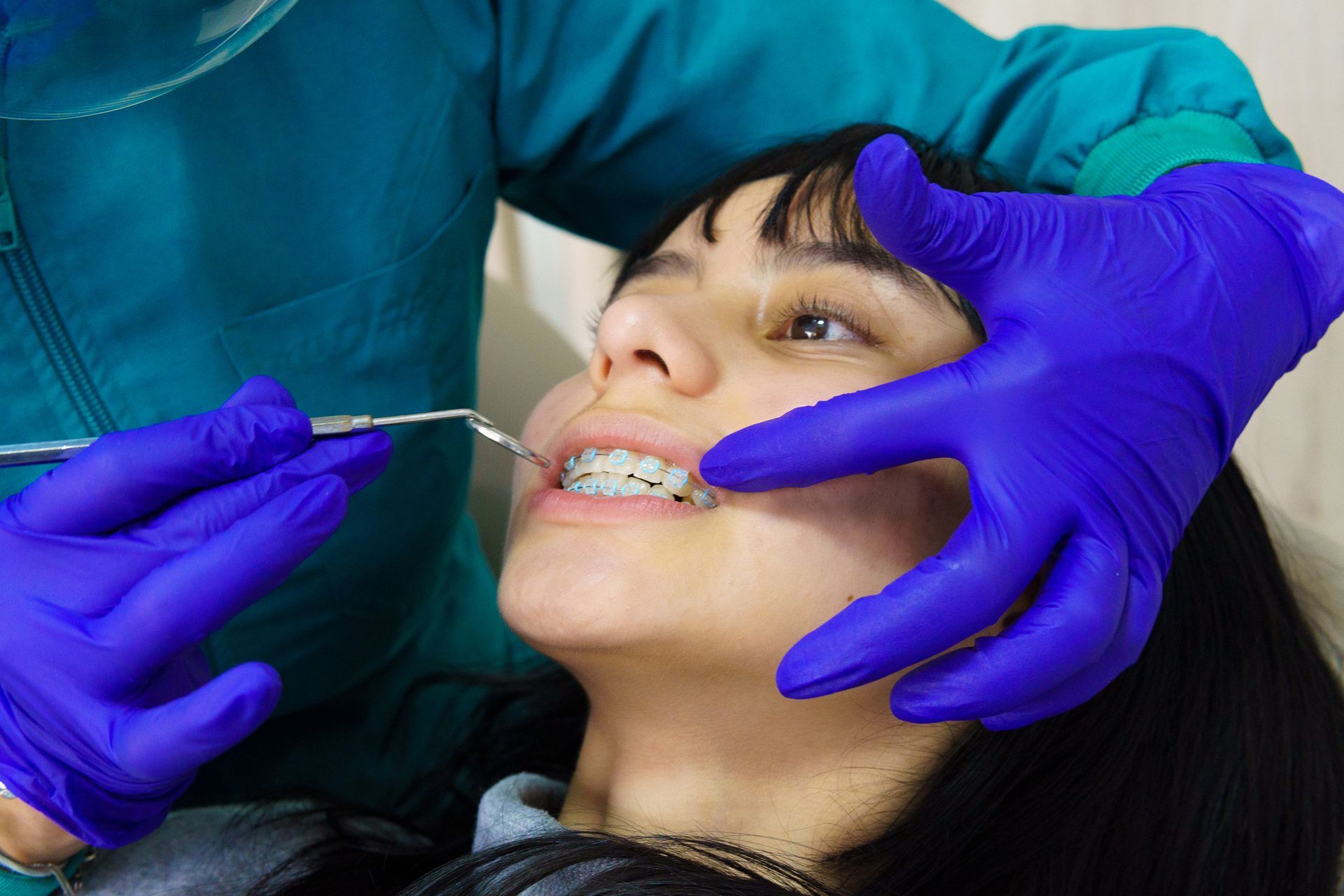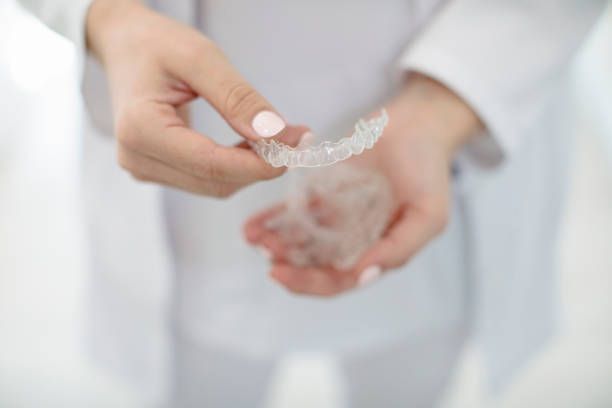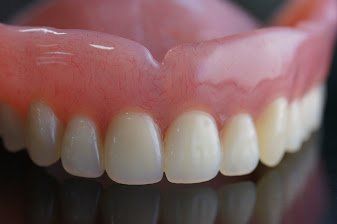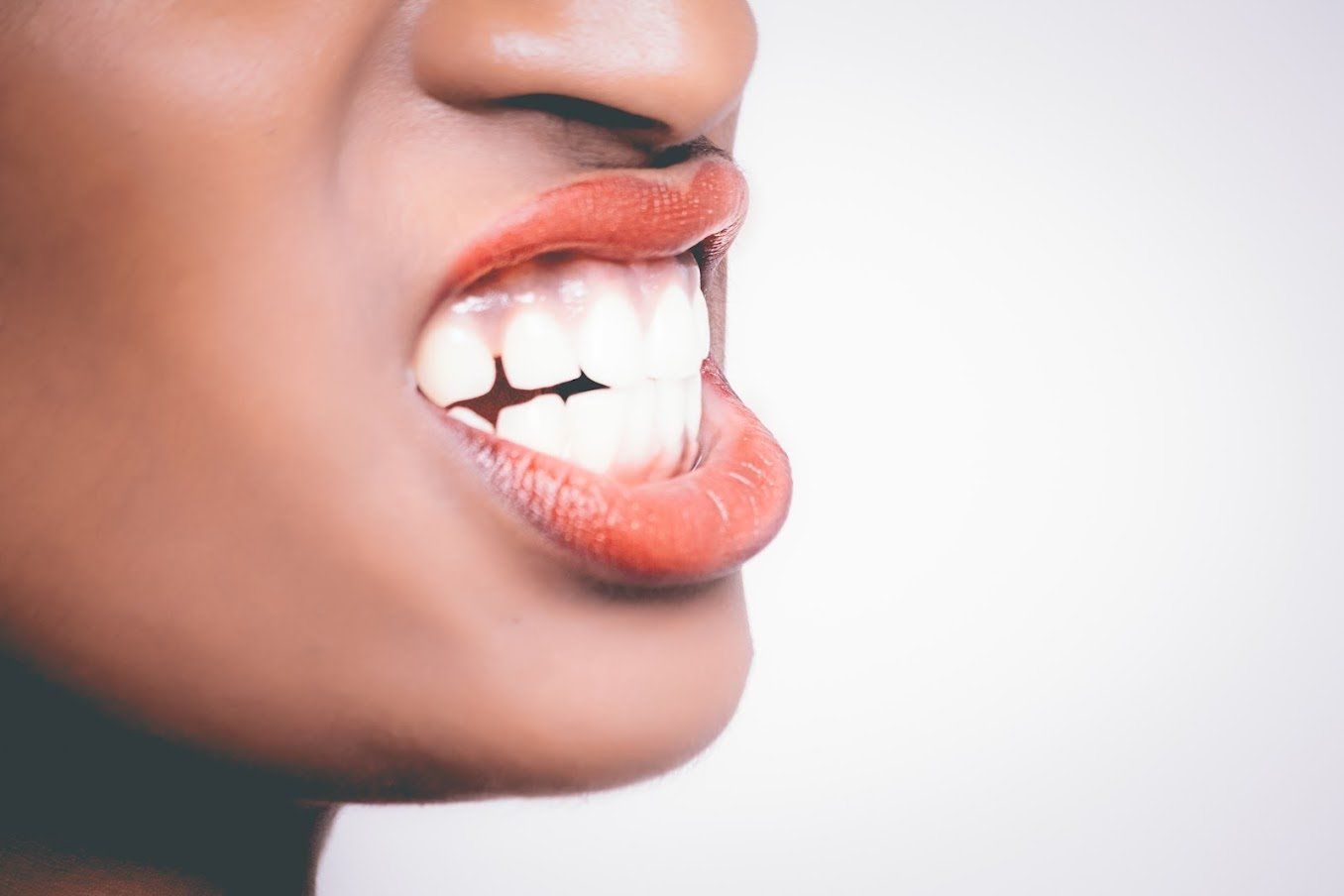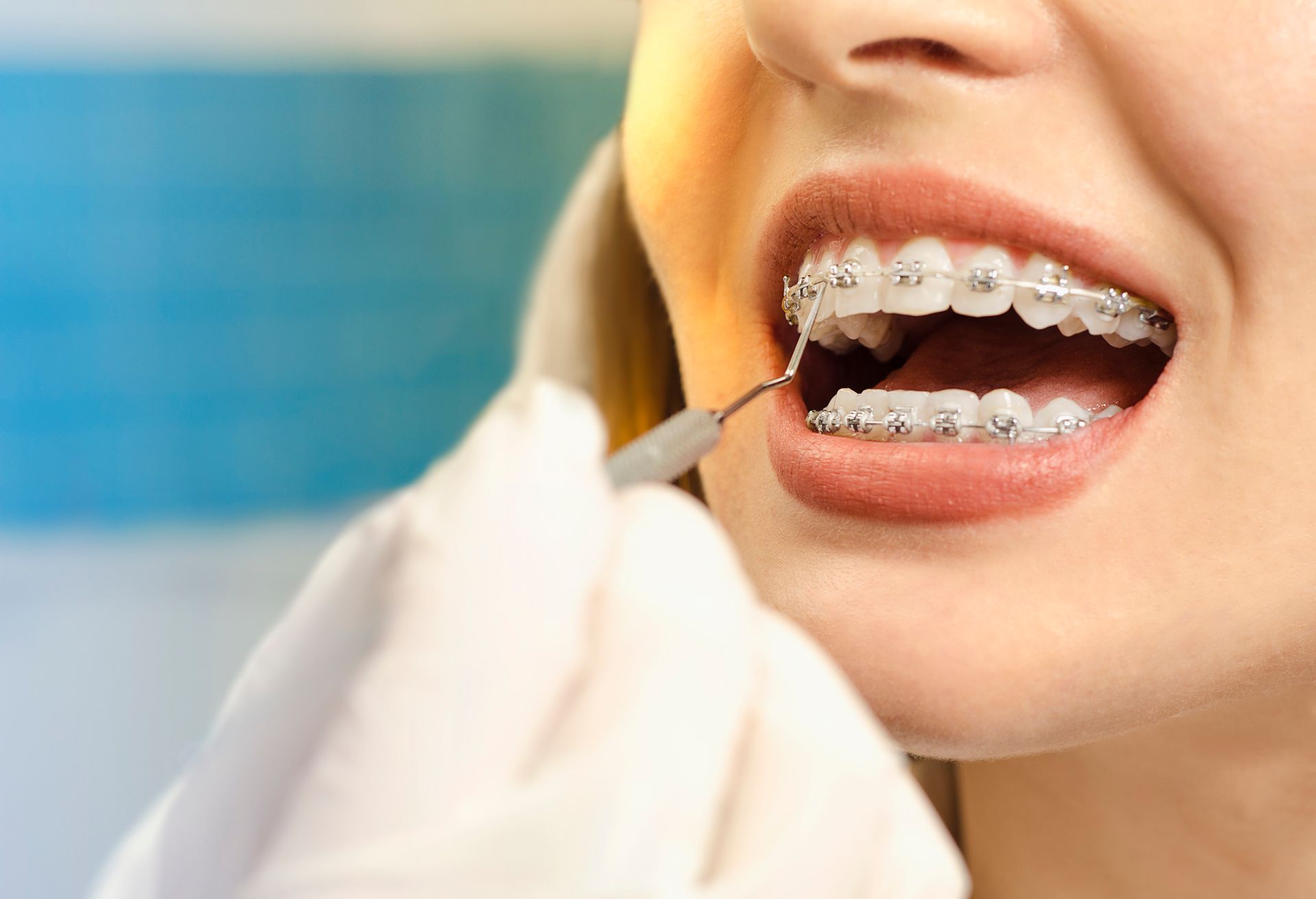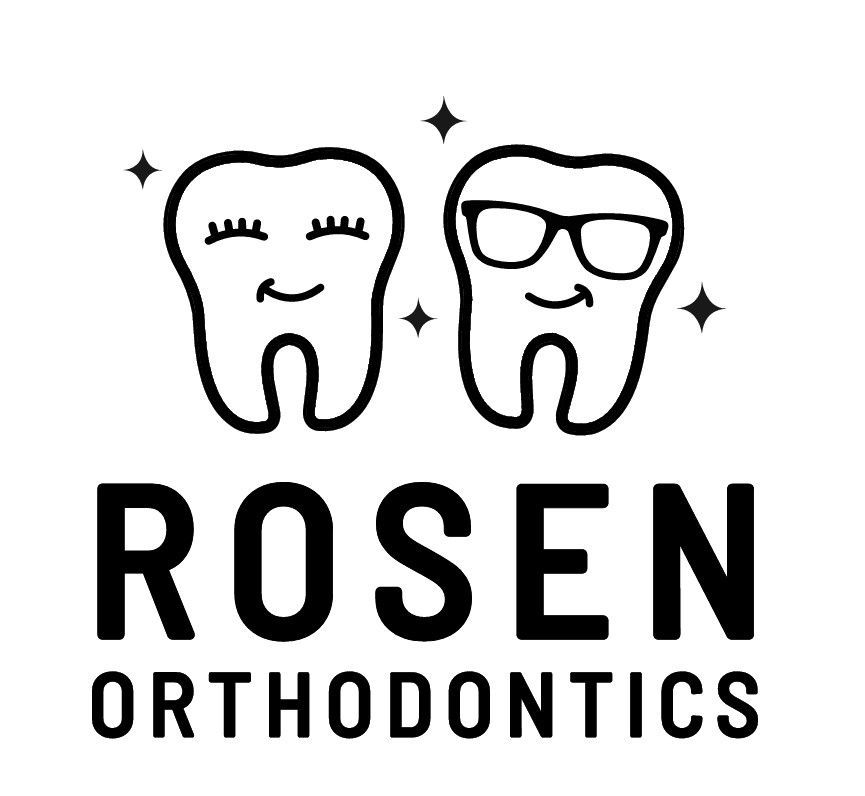Crooked Teeth and Gum Disease: Important Things to Know

Most individuals view crooked and misaligned teeth as a cosmetic issue. But aesthetics is not all there is to it. An incorrect bite and misaligned teeth can compromise your chewing ability and speaking.
Additionally, severe teeth misalignment may increase the risk of gum disease. Read this guide to understand more about teeth misalignment and gum disease.
What Is Gum Disease?
Gum disease, also known as periodontal disease, is an infection of the gums and bones around your teeth caused by bacteria. The bacteria build up to form a sticky film called plaque, which eventually calcifies into tartar (also called calculus) if not properly removed.
Tartar causes further irritation and redness of the gums, known as gingivitis. With enough time, bacteria can spread to the roots of your teeth and cause the bones that support them to break down. Gum disease can lead to tooth decay and loss if left untreated.
What Is the Relationship Between Crooked Teeth and Gum Disease?
Misaligned or crooked teeth are more difficult for individuals to keep clean with regular brushing and flossing alone. In addition, the overlap of teeth allows plaque to build up more easily, making it difficult for individuals to keep their mouths clean and healthy.
The plaque and the moist environment created by the misalignment of teeth also provide an ideal place for bacteria to live and reproduce. This issue increases the risk of gum disease, making it difficult to remove the plaque between your teeth and below the gum line.
The best way to prevent gum disease is to maintain a good oral hygiene routine that includes brushing and flossing your teeth at least twice daily. Be sure to use toothpaste with fluoride and observe your diet. Eat foods rich in vitamins, such as fruits and vegetables. If you are a smoker, strive to quit, as smoking can significantly increase the risk of gum disease.
Besides hygiene, crooked teeth are not entirely covered by the gums. This issue may increase the chances of food debris and bacteria accumulating between your teeth, making them more prone to gum disease.
How Do You Know You Have Teeth Misalignment?
Teeth misalignment takes various forms, including crooked teeth, overbite, and underbite. Most of the time, these issues are visible to the naked eye, but you may need professional help to detect any underlying misalignment or an incorrect bite. Some symptoms may include:
- Difficulty chewing
- Difficulty making certain sounds when speaking
- Pain when biting
If you notice any of these symptoms, consult an orthodontist for an assessment. The specialist will first check if you have any signs of gum disease. If you already have periodontal disease, you will have to undergo treatment before orthodontic treatment.
You have a range of treatments available to correct your teeth misalignment. For instance, you can go for braces or Invisalign to gradually move your teeth into the correct position. Our doctors will evaluate the extent of your teeth misalignment and discuss possible solutions with you to establish the best treatment option based on your needs and budget.
You can trust us at Rosen Orthodontics for your orthodontic treatment. Our team of specialists is highly trained and experienced to deliver excellent services that guarantee outstanding results. We understand that your smile is an important part of your emotions, and we are here to help you restore it while protecting your oral and overall health. Contact us for a complimentary consultation.


